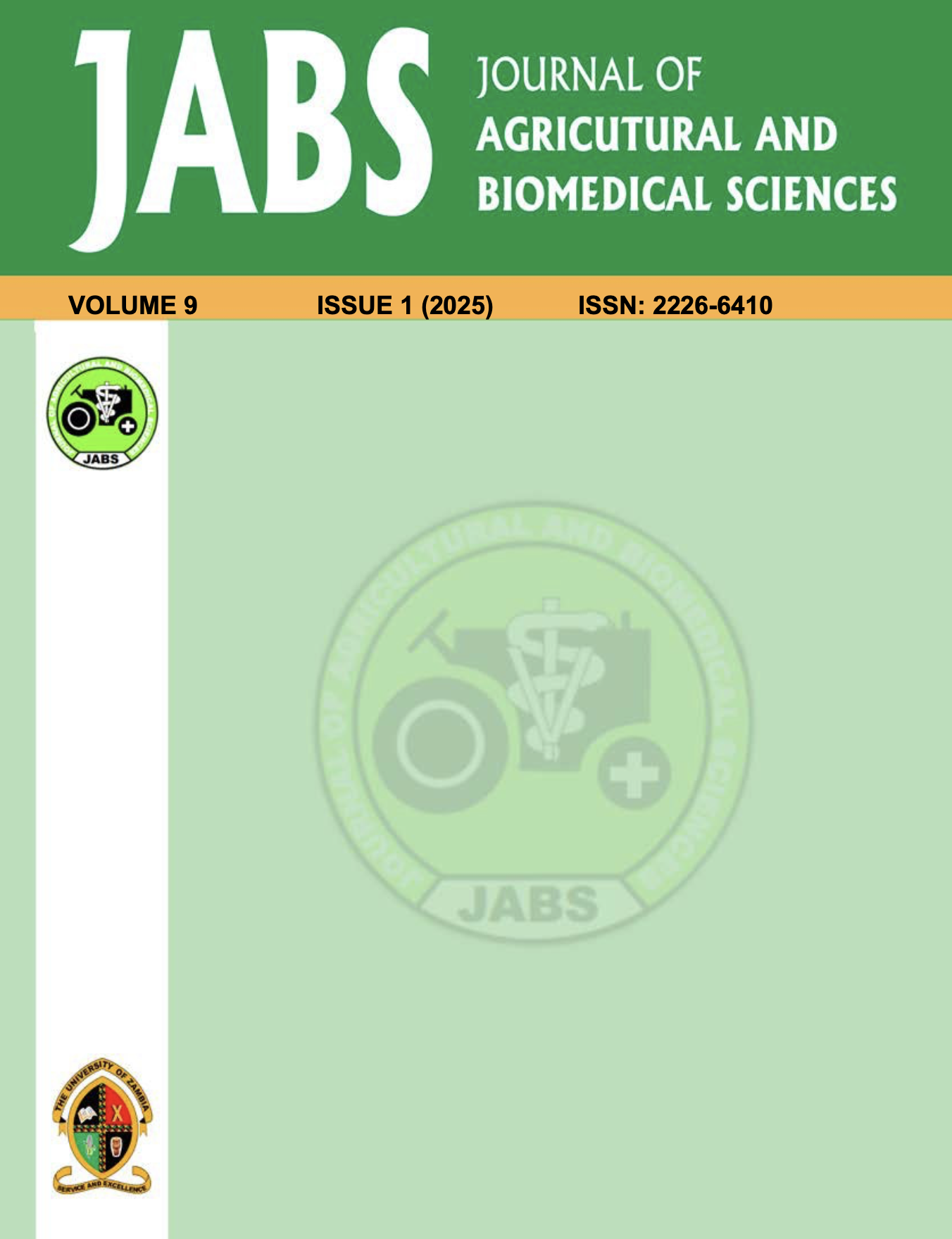Sweet but Toxic: Organophosphate Pesticide Residues in Nigerian Honey as an Emerging Threat to Food Safety and Agriculture
Keywords:
Honey, Pesticides, Nutritional analysis, Purity, MRLs
Abstract
Honey, despite its nutritional and therapeutic properties, can pose significant risks to environmental health and food safety due to the presence of contaminants. This study investigated the occurrence of organophosphate pesticide residues in honey samples collected from hard-to-reach apiaries in Nigeria and examined the relationship between these residues, honey purity, and nutritional composition. Multiple organophosphate residues were detected using Gas Chromatography–Mass Spectrometry, with dimethoate and merphor being the most prevalent. Although all detected concentrations were below the maximum residue limits (MRLs) set by the European Food Safety Authority (EFSA), some values, particularly dimethoate from Imosan, approached the regulatory thresholds. Nutritional analysis revealed that the protein, moisture, ash, and sugar contents of the honey samples generally fell within international quality standards. Statistical correlations indicated strong associations between honey purity and pesticide residues, as well as with moisture and dry matter content. This study underscores the need for continuous monitoring of pesticide residues in apicultural products and highlights potential implications for food safety and public health.
Published
2025-05-29
How to Cite
1.
Ogunbo O, Osibogun A, Owagboriaye F, Ariyibi M, Adeyemi A, Julius B, Aina S, Lawal O. Sweet but Toxic: Organophosphate Pesticide Residues in Nigerian Honey as an Emerging Threat to Food Safety and Agriculture. Journal of Agricultural and Biomedical Sciences [Internet]. 29May2025 [cited 7Jun.2025];9(1). Available from: https://law.unza.zm/index.php/JABS/article/view/1403
Section
General

This work is licensed under a Creative Commons Attribution 4.0 International License.
Copyright: ©️ JABS. Articles in this journal are distributed under the terms of the Creative Commons Attribution License Creative Commons Attribution License (CC BY), which permits unrestricted use, distribution, and reproduction in any medium, provided the original author and source are credited.
